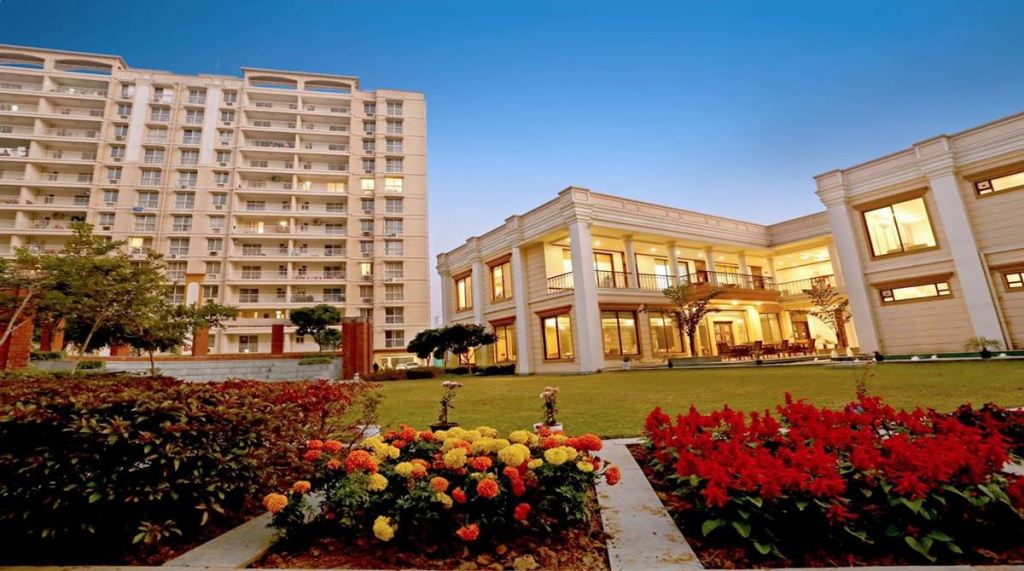Finance Minister Nirmala Sitharaman’s Union Budget for FY2024-25 outlines an ambitious plan to transform India into a developed nation under the vision of “Viksit Bharat.” This budget places a strong emphasis on urban and infrastructure development, human capital enhancement, manufacturing growth, MSMEs, and driving consumption, identifying nine priority areas for sustained efforts: agriculture productivity and resilience, employment and skilling, inclusive human resource development and social justice, manufacturing and services, urban development, energy security, infrastructure, innovation and R&D, and next-generation reforms.
Not dissimilar in approach to her first budget, which was also presented after the previous Lok Sabha win, this budget largely aims for longer term goals, with a sprinkling of near-term objectives. The focus this time, however, is on a wider range of items, including agriculture, MSMEs, manufacturing, urban and infrastructure development, the start-up economy, and much more.
Urban and infrastructure development take center stage in this budget, with manufacturing and housing positioned as primary beneficiaries. The ‘Cities as Growth Hubs’ initiative aims to rejuvenate urban areas under strain. Key measures include Transit Oriented Development for 14 large cities and a framework for creative brownfield redevelopment.
Also Read: Income Tax Refund: How to check your ITR Refund status and what to do if refund is delayed?
A significant allocation of INR 15,000 crore for the development of Andhra Pradesh’s capital city underscores the government’s commitment to urban infrastructure. This financial support is expected to catalyze significant real estate development in the region, enhancing market confidence and encouraging investment. Additionally, the budget’s emphasis on manufacturing, through the extension of the Credit Guarantee Scheme for MSMEs, the establishment of industrial parks and corridors, and e-commerce export hubs, is poised to boost the country’s economic performance, with the warehousing real estate segment standing to benefit significantly from these initiatives.
The budget also addresses urban and rural development through measures such as interest subsidies for rental housing, PPP models for rental housing for industrial workers, and the addition of 3 crore housing units under the Pradhan Mantri Awas Yojana (PMAY). These initiatives are designed to tackle the housing shortage and improve living standards in both urban and rural areas. Furthermore, the government’s decision to increase the standard deduction and lower tax slabs in the new tax regime for personal income tax is likely to increase disposable incomes among the middle-income group, thereby boosting demand in the affordable and mid-income housing segments.
The single most spoken of point from real estate perspective is that of long-term capital gains (LTGC) tax, coupled with the removal of indexation benefits. While this sounds like an onerous burden at first, deeper analysis reveals a different picture. A full-scale analysis is out of scope for this essay here; but it is clear that properties held over long time frames that have benefitted from strong price upswings of 7-8 times attract lesser LTCG under the new LTGC of 12.5% (14.95% effective tax) without indexation, than the previous 20% LTGC with indexation. This could have far-reaching implications, especially in curbing over-zealous investor activity, as against end-use purchases.
Moreover, the budget’s capex-led growth strategy, with an outlay of 3.4% of GDP amounting to INR 11.1 lakh crore, demonstrates fiscal prudence with a planned reduction in the fiscal deficit to 4.9% of GDP. This robust financial planning, along with strategic urban development policies, is set to create new urban clusters and spur real estate development across the country.
While the direct-tax part perhaps left a bit to be desired, it needs to be remembered that the finance minister has to present another full budget in about 6-7 months. The present budget lays a solid foundation for sustained economic growth, with urbanisation, manufacturing, infrastructure, and of course real estate sector being beneficiaries at this point. Agriculture and MSMEs were big focus areas too, and as elections loom in several states, it was just about a reasonable attempt to cover various crucial sectors for an effective 6-7 month period.
(By Arvind Nandan, Managing Director, Research & Consulting, Savills India)
Disclaimer: Views expressed are personal and do not reflect the official position or policy of FinancialExpress.com. Reproducing this content without permission is prohibited.

